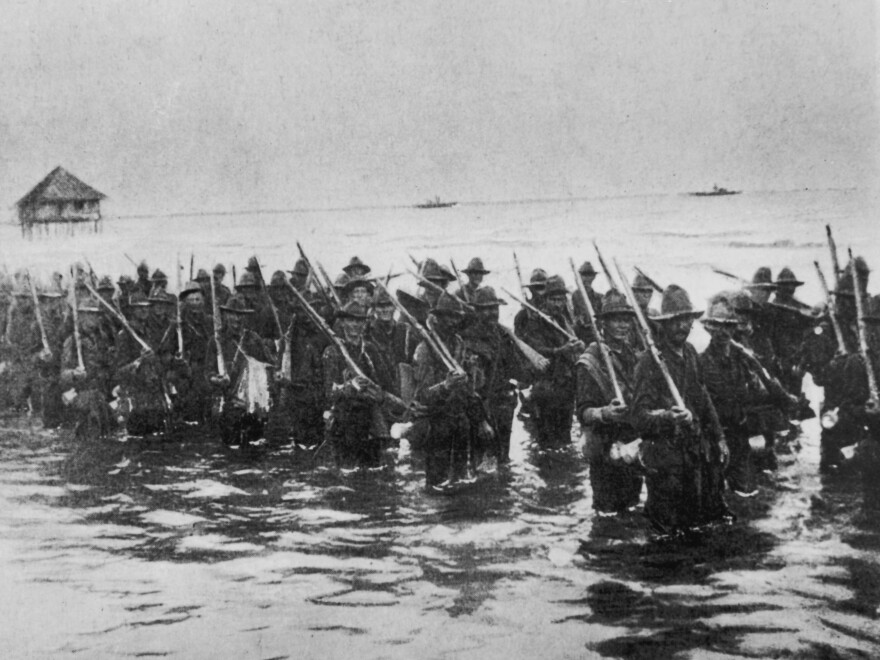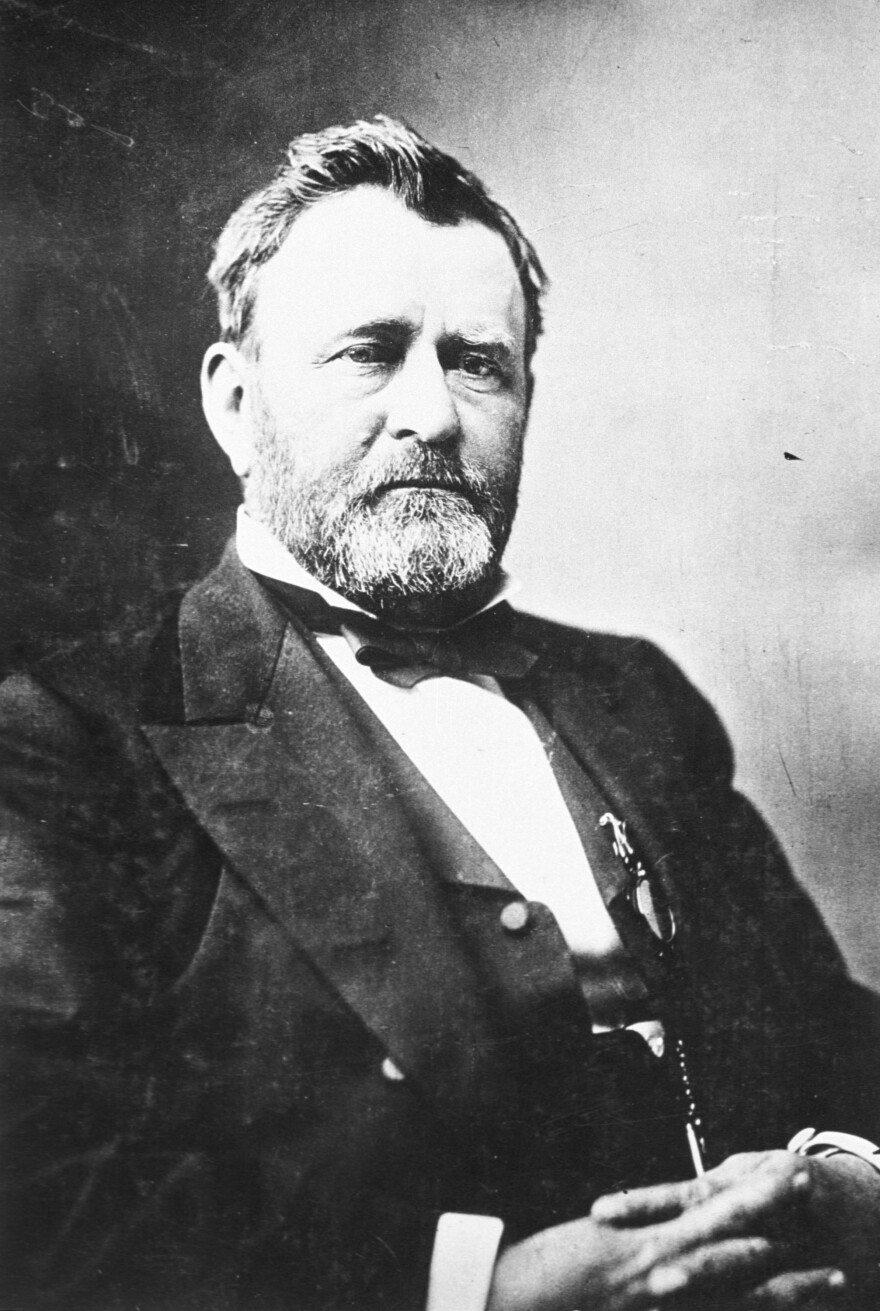Alexis Dudden teaches history at the University of Connecticut and is the author of Japan's Colonization of Korea and Troubled Apologies Among Japan, Korea, and the United States. Jeffrey Wasserstrom (@jwassers) teaches history at University of California, Irvine, and is the author of Eight Juxtapositions: China through Imperfect Analogies from Mark Twain to Manchukuo and coauthor of China in the 21st Century: What Everyone Needs to Know.
History can be helpful in making sense of what the Chinese Communist Party is doing within and beyond the borders of the People's Republic of China. But when it comes to understanding today's China, history is an imperfect guide. Neat parallels with the past aren't possible. Certain aspects of China today are completely without historical precedent. And even when certain parallels do become possible, history isn't helpful in quite the way that either Chinese President Xi Jinping or others promoting comparisons to the past may assume.
Some have warned that as China threatens to displace the U.S. as a world power, war is inevitable — the so-called Thucydides Trap. While it may be tempting now to view the U.S. as Sparta to China's Athens, this analogy does not stand up to scrutiny. There are more than just two major states locked in competition. Moves by Russia, the European Union, Japan and other powers will affect what does or does not happen next. The existence of international organizations and nuclear weapons alone makes it problematic to summon ancient Greek wars as templates for contemporary geopolitical tensions.
Xi's own ideas about the past are particularly significant, and similarly flawed. In promoting his outward-facing Belt and Road Initiative — an ambitious global infrastructure project — and his more domestically focused "Chinese dream" vision of national rejuvenation, he advances the idea that China should be seen as both rebooting and rejecting the past.

In terms of rebooting, he presents the Belt and Road Initiative as putting a glorious new high-tech spin on the ancient Silk Road. In terms of rejecting, he presents China as breaking completely from the way two previous rising powers — the U.S. and Japan — behaved during the so-called "century of humiliation," the period between 1839 and 1949 when they were part of an imperialist ganging-up on China.
But there are no perfect historical analogies for the Belt and Road Initiative. It is not the modern version of the ancient Silk Road. That "road" was actually a set of roads, and they evolved organically, not via a top-down edict. In addition, Silk Roads also were defined by flows in different directions, with China being transformed by things moving into the country as much as by things heading out from it.
Similarly, there are no perfect analogies to Beijing's aggressive actions in the South China Sea or its creation of a vast network of indoctrination camps for Uighurs in Muslim-majority Xinjiang.
As historians of China and Japan, what intrigues us, though, is that some of the most revealing imperfect analogies that come to mind lie precisely where Xi claims no precedents should be sought: in the actions and rhetoric of America and Japan between the first Opium War and the second world war — the period encompassing China's century of humiliation.
As America and Japan leapfrogged up the world's geopolitical hierarchy, they each, as China does now, generated awe, anxiety and an admixture of the two. Much like China today, these two countries were associated with rapid economic development (facilitated by limits on the rights of laborers), technological advances (such as impressive new train lines) and territorial expansion (including, in each case, asserting control over islands in the Pacific Ocean).

Leaders in Washington and Tokyo then, like those in Beijing now, often claimed to be breaking with the playbooks of previous empires. They asserted that their actions were motivated not by a naked desire for greater power but by a wish to improve the lot of people already under their control in borderlands or those being brought under their control farther away. When they used force, they claimed, they did so only to ensure stability and order.
Beijing's recent actions in Xinjiang and Tibet have echoes in Tokyo's actions in Manchuria in the 1930s and Washington's in the Philippines at the turn of the 19th century. Tokyo sent soldiers and settlers to Manchuria and exerted direct and indirect influence over the territory. Japanese official publications treated Manchuria's people much in the same way as China's Xinhua News Agency now treats those of Xinjiang and Tibet — as inhabitants of a backward and dangerous frontier that needed guidance from a government in a more advanced capital. In the Philippines, American proponents of expansion similarly celebrated the influx of new people and the importing of "modern" ideas, institutions and influences.

History does suggest that Beijing's leaders might consider doing things to make their actions less similar to the negative models of Japanese and U.S. expansion that loom large in China's textbooks. They could grant greater agency to Uighurs and Tibetans in the path of their assimilationist development moves — allowing various languages to be taught in schools, for example — and reverse the trend in Xinjiang of disappearing people into camps, which conjures up other troubling historical analogies as well.
In the South China Sea, Beijing is doing things that anyone steeped in the American and Japanese pasts will find familiar. But there are new twists.
In the 1850s, the Japanese government built six Odaiba island fortresses in Tokyo Bay as a defensive strategy, primarily against the Americans. During an 1879 tour of China and Japan, former U.S. president Ulysses S. Grant boasted about his nation's completion of the transcontinental railroad, which is notable in this context because it was a grand, "belt"-like project that, among other things, facilitated his successors' annexations of Hawaii and the Philippines, as well as other islands.
Beijing's recent pressure on international airlines to shade Taiwan the same color as the mainland on their maps is a new turn. It does, though, recall schoolchildren's maps in Japan being modified to include Taiwan in 1895, when Tokyo annexed the island into its growing empire. The same thing occurred again in 1910, when Japan subsumed Korea.
One important difference between China's expansionist moves and those of the United States and Japan is how they resonated at home. Until Japan took its dark turn in the late 1930s that resulted in the cataclysmic events of 1945, Japanese critics of Tokyo's territorial ambitions could express their views in public.
Mark Twain, a writer Xi admires, found it distasteful when the U.S. took control of the Philippines — when, as he put it, the "eagle put its talons" into new places with rapacious greed.
Some Chinese citizens doubtlessly feel similarly about their government's actions in the South China Sea, as well as its repressive moves in Xinjiang and Tibet. Unlike Twain or domestic critics of Japanese expansionism, though, it would be dangerous for China's people to voice their concerns openly. That may be one of the most troubling comparisons from the past and present.
Copyright 2021 NPR. To see more, visit https://www.npr.org.



